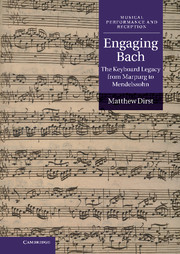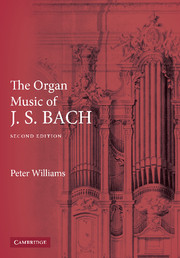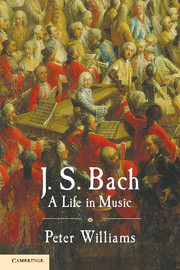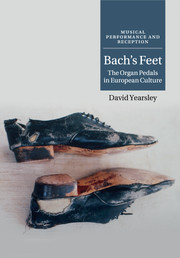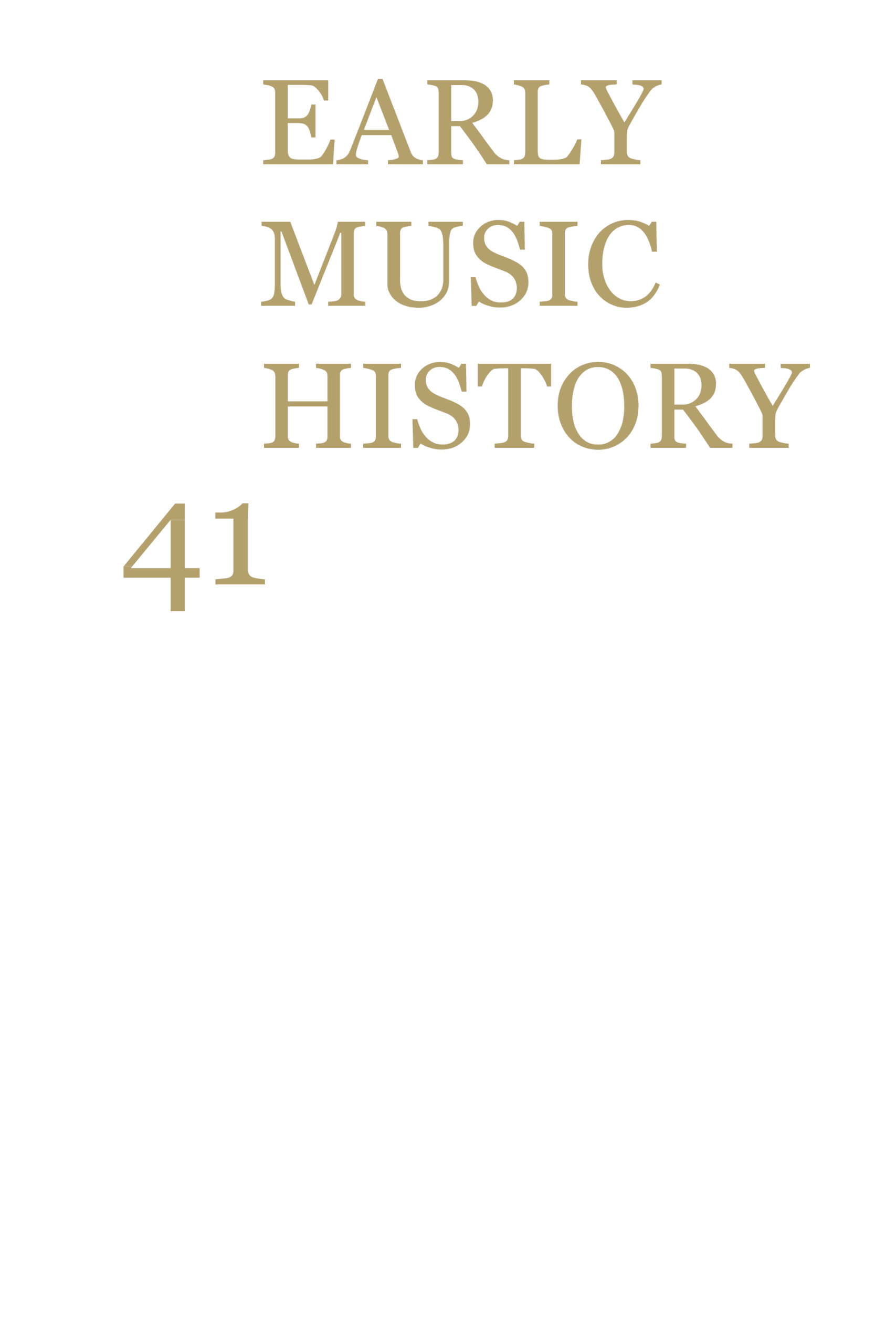Engaging Bach
The Keyboard Legacy from Marpurg to Mendelssohn
Part of Musical Performance and Reception
- Author: Matthew Dirst, University of Houston
- Date Published: May 2012
- availability: Available
- format: Hardback
- isbn: 9780521651608
Hardback
Other available formats:
eBook
Looking for an examination copy?
This title is not currently available for examination. However, if you are interested in the title for your course we can consider offering an examination copy. To register your interest please contact [email protected] providing details of the course you are teaching.
-
More than any other part of Bach's output, his keyboard works conveyed the essence of his inimitable art to generations of admirers. The varied responses to this repertory – in scholarly and popular writing, public lectures, musical composition and transcription, performances and editions – ensured its place in the canon and broadened its creator's appeal. The early reception of Bach's keyboard music also continues to affect how we understand and value it, though we rarely recognize that historical continuity. Here, Matthew Dirst investigates how Bach's music intersects with cultural, social and music history, focusing on a repertory which is often overshadowed in scholarly and popular literature on Bach reception. Organized around the most productive ideas generated by Bach's keyboard works from his own day to the middle of the nineteenth century, this study shows how Bach's remarkable and long-lasting legacy took shape amid critical changes in European musical thought and practice.
Read more- Illuminates how the reception of Bach's keyboard works affected various aspects of musical thought and practice to 1850
- Focuses on a repertory often neglected in studies of Bach's reception, complementing the sizeable literature on the nineteenth-century revival of Bach's church works
- Presents a broad-based inquiry into Bach's historical legacy, contextualising his music within cultural, social and music history
Reviews & endorsements
"This concise volume is a welcome and valuable addition to the burgeoning genre of Bach reception literature, as well as to the numerous recent studies concerned with German musical aesthetics in the 18th and 19th centuries."
--Early Music AmericaCustomer reviews
Not yet reviewed
Be the first to review
Review was not posted due to profanity
×Product details
- Date Published: May 2012
- format: Hardback
- isbn: 9780521651608
- length: 202 pages
- dimensions: 253 x 180 x 14 mm
- weight: 0.56kg
- contains: 9 b/w illus. 7 tables 38 music examples
- availability: Available
Table of Contents
1. Why the keyboard works?
2. Inventing the Bach chorale
3. What Mozart learned from Bach
4. A bürgerlicher Bach: turn-of-the-century German advocacy
5. The virtuous fugue: English reception to 1840
6. Bach for whom? Modes of interpretation and performance, 1820–50.
Sorry, this resource is locked
Please register or sign in to request access. If you are having problems accessing these resources please email [email protected]
Register Sign in» Proceed
You are now leaving the Cambridge University Press website. Your eBook purchase and download will be completed by our partner www.ebooks.com. Please see the permission section of the www.ebooks.com catalogue page for details of the print & copy limits on our eBooks.
Continue ×Are you sure you want to delete your account?
This cannot be undone.
Thank you for your feedback which will help us improve our service.
If you requested a response, we will make sure to get back to you shortly.
×
